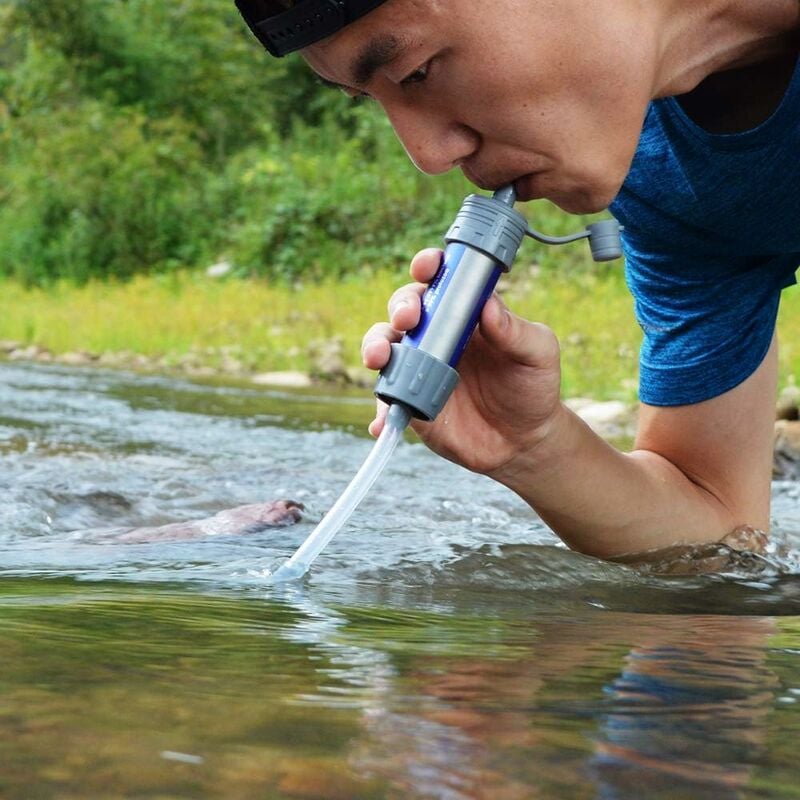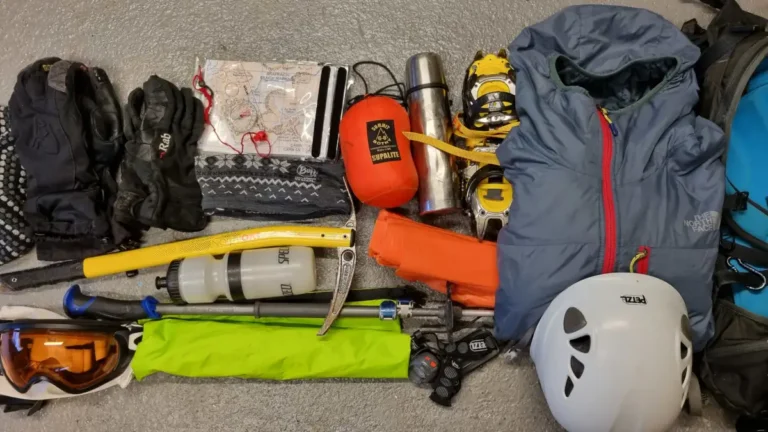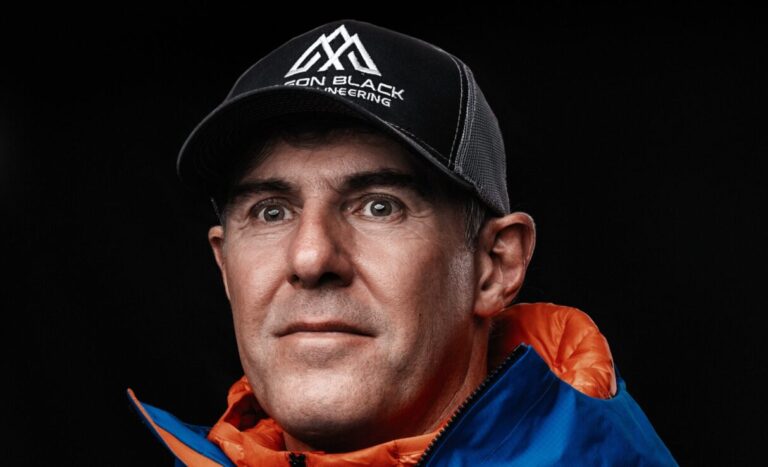Maintaining your health in the outdoors is crucial, and water treatment plays a key role in this. Even the most pristine-looking water sources can harbor contaminants that can make you sick. Contaminants can enter water sources through livestock, wildlife, and human activity. As more people explore wild places, contamination levels increase. With so many water treatment options available, there’s no need to risk your health by drinking untreated water.
This guide provides essential information on selecting a water treatment method for your outdoor adventures. For international travel, additional considerations may apply.
Key Factors in Choosing a Water Treatment Method
- Filters vs. Purifiers: Understand the differences between filters and purifiers to determine what you need to avoid.
- Types of Water Filters and Purifiers: Consider the effort, time, and maintenance involved with each method.
- The Role of a Prefilter: A prefilter can be invaluable when dealing with murky water sources.
- Water Treatment Best Practices: Effective use of filters or purifiers also requires following basic hygiene and usage guidelines.
Filters vs. Purifiers
The main difference between water filters and purifiers is the size of microorganisms they target:
- Water Filters: These physically strain out protozoan cysts (e.g., Cryptosporidium, Giardia lamblia) and bacteria (e.g., E. coli, Salmonella, Campylobacter, Shigella). These are the primary concerns in North America.
- Water Purifiers: These also combat viruses, which are too small for most filters to catch. Consider purifiers if you’re traveling to less-developed areas where viruses like hepatitis A, rotavirus, and norovirus are prevalent.
How Water Filters and Purifiers Work
Filters and purifiers generally contain an internal element or cartridge with microscopic pores that trap debris, protozoa, and bacteria. Over time, these elements can clog and require cleaning or replacement. Purifiers often use chemicals like iodine to kill viruses, or they might rely on ultraviolet (UV) light for treatment. Activated carbon is frequently included in filters and purifiers to remove unpleasant tastes and reduce contaminants like pesticides and industrial chemicals.
The Role of a Prefilter
Murky water can result from various factors like glacial sediment, silt, leaf debris, and mud. While natural particles are not a health concern, they can complicate water treatment. A prefilter can remove large particles, making the treatment process more efficient and extending the life of your main filter element. Prefilters are especially useful for maintaining flow rates in pump filters and for ensuring the effectiveness of UV purifiers on non-clear water.

Types of Water Filters and Purifiers
Different water treatment methods vary in performance, maintenance, ease of use, weight, cost, and speed. Here’s a quick overview:
- Pump Filters and Purifiers: Ideal for precise amounts and shallow water sources but can be labor-intensive and bulky.
- Gravity Filters and Purifiers: Suitable for processing large quantities with minimal effort but require a hanging spot and more time.
- Ultraviolet (UV) Light Purifiers: Easy and quick treatment, but require batteries and prefiltering for murky water.
- Bottle Filters and Purifiers: Simple and quick, but limited by bottle size.
- Squeeze Filters: Similar to bottle filters but involve squeezing water through the filter.
- Straw-Style Filters: Allow direct drinking from the source but are limited to one person and immediate use.
- Chemicals: Effective against a wide range of pathogens, inexpensive and lightweight, but require a wait time before drinking.
- Boiling: Effective and readily available, but time-consuming and fuel-dependent.
Water Treatment Tips and Best Practices
- Designate Containers: Keep dirty and clean water containers separate to avoid cross-contamination.
- Follow Directions: Each product has specific steps to ensure effectiveness and prevent contamination.
- Seek Clean Water: Whenever possible, use the clearest water source available. Prefilter or let sediment settle if necessary.
- Maintain Hygiene: Use hand sanitizer frequently to keep your hands clean.
- Camp Hygiene: Set up camp, toilet, and dishwashing areas at least 200 feet away from water sources. Follow Leave No Trace principles for responsible outdoor behavior.
- Freezing Conditions: In freezing temperatures, melt snow for water, store filters in your sleeping bag to prevent freezing, and be aware that UV pens and chemicals may have reduced effectiveness.
By carefully selecting and properly using a water treatment method, you can ensure safe and healthy hydration during your outdoor adventures.








